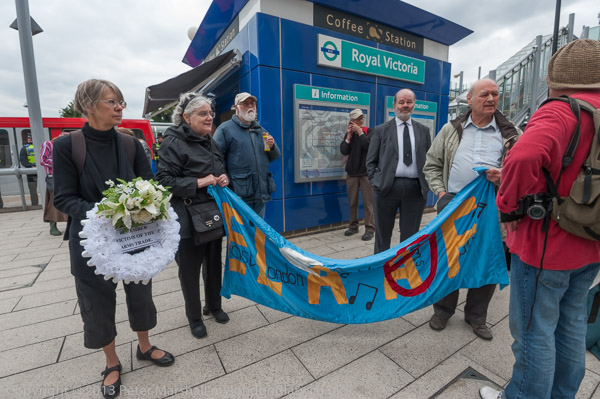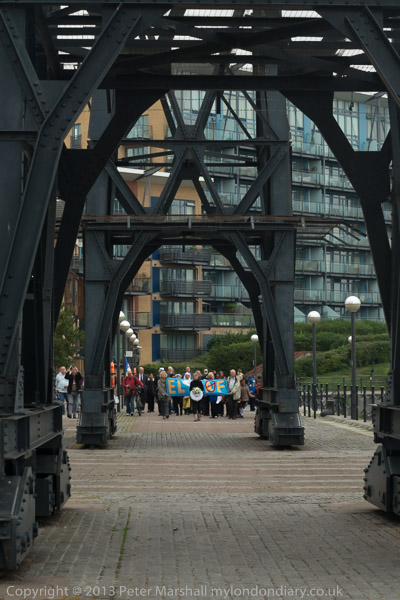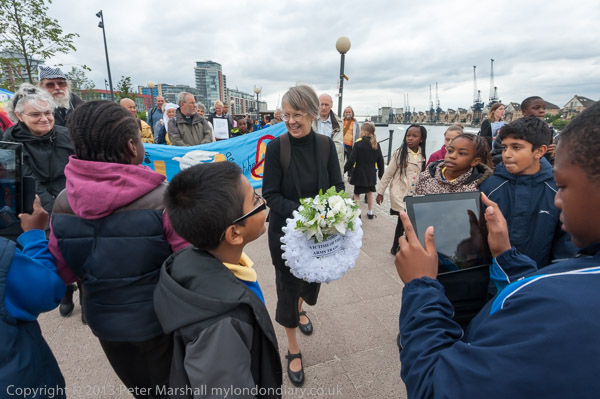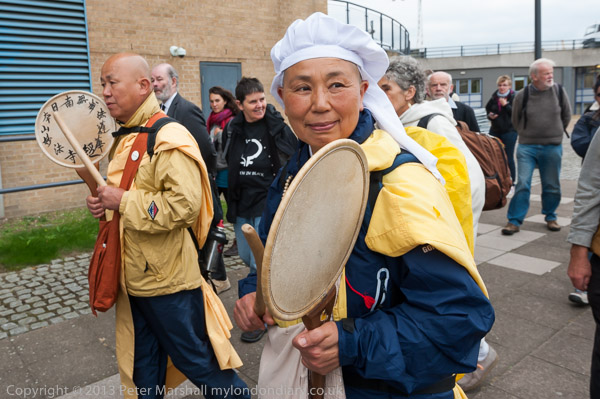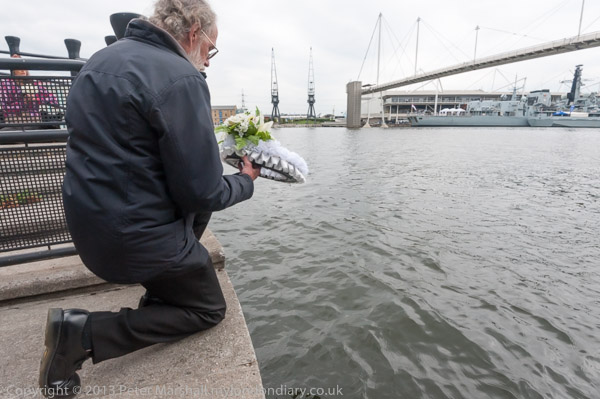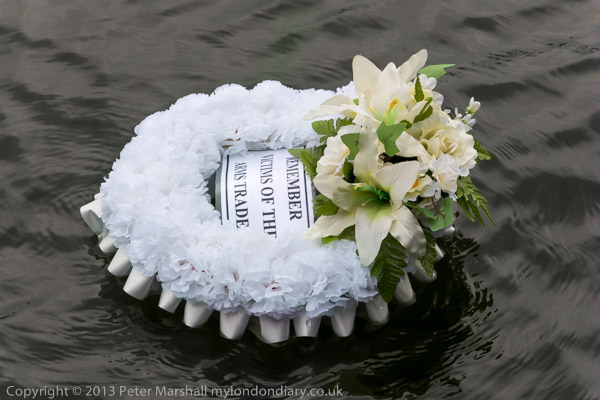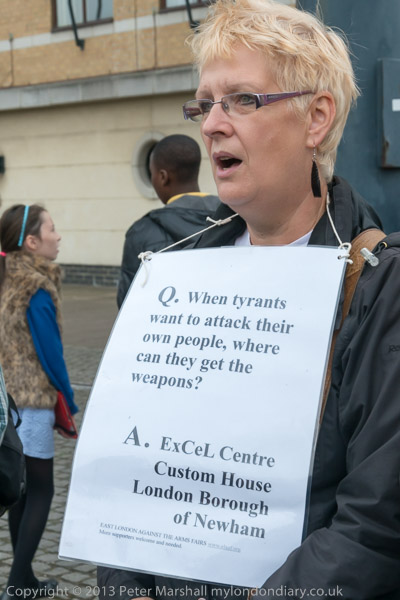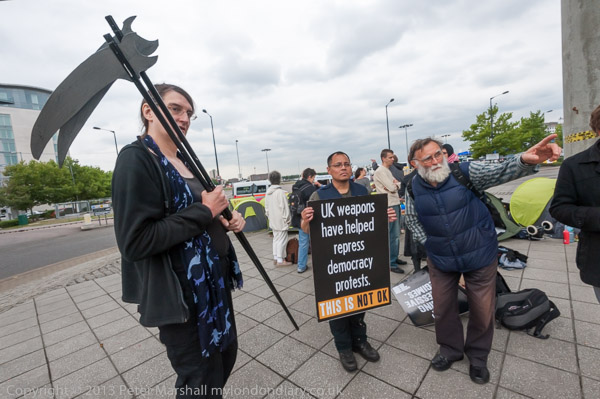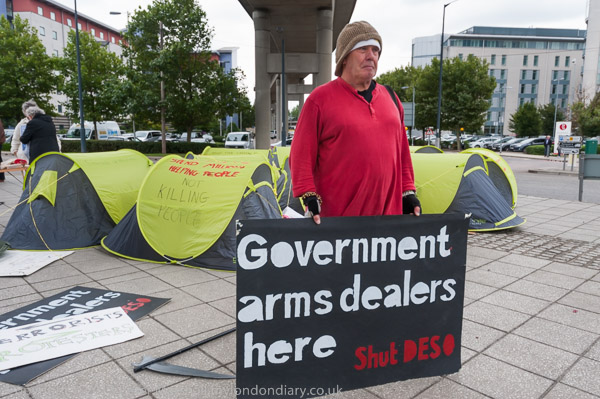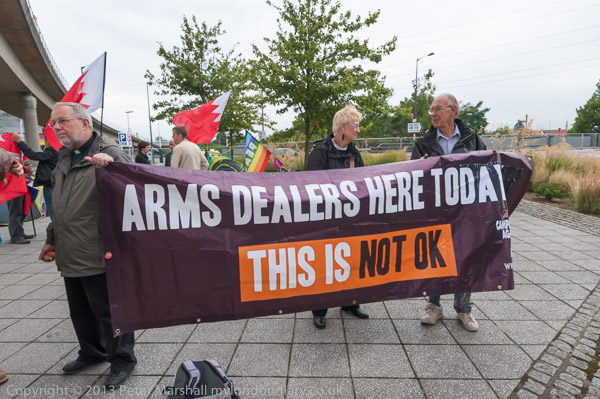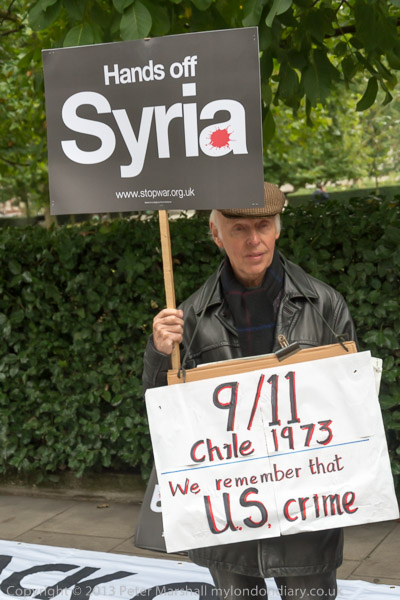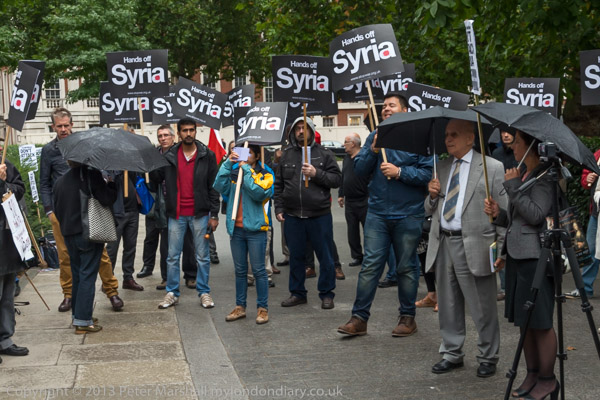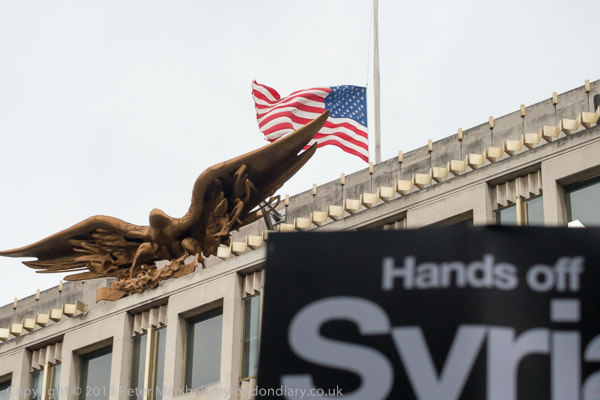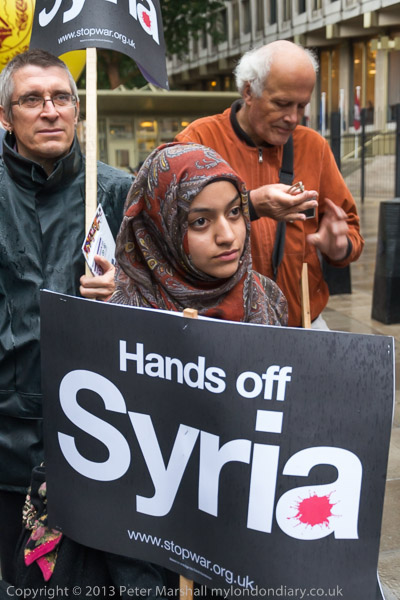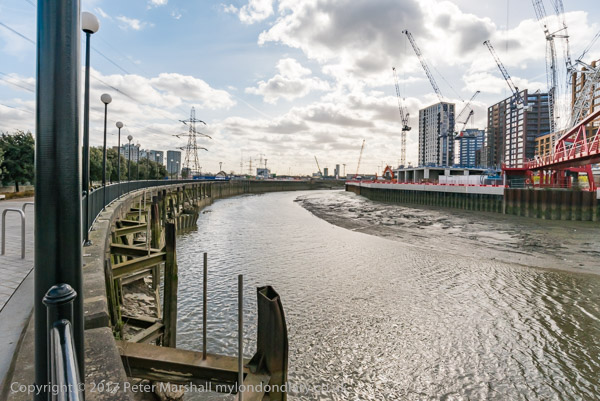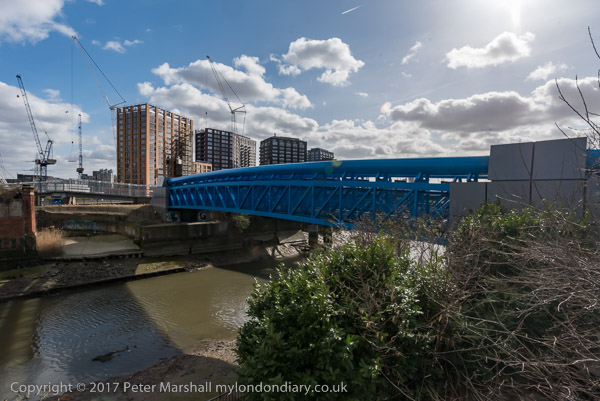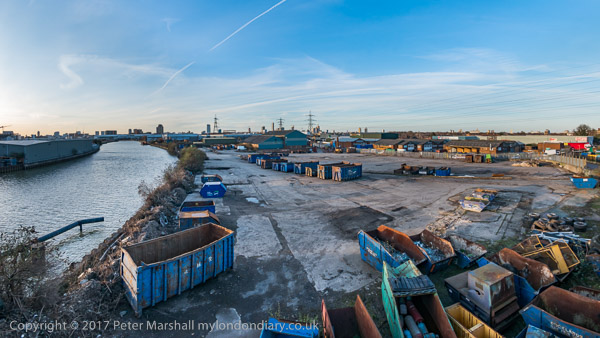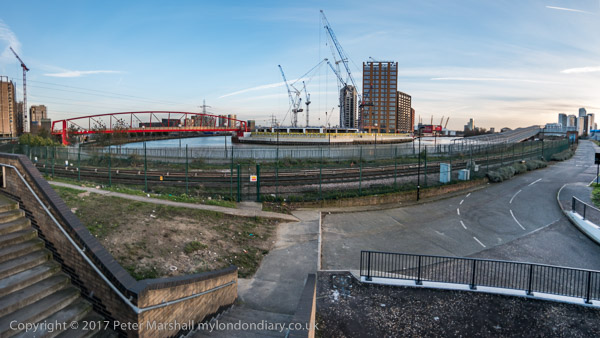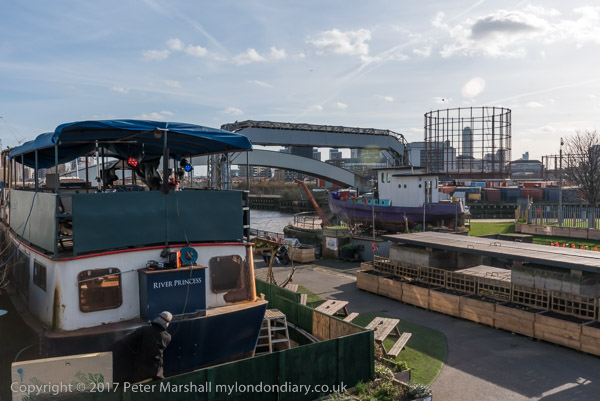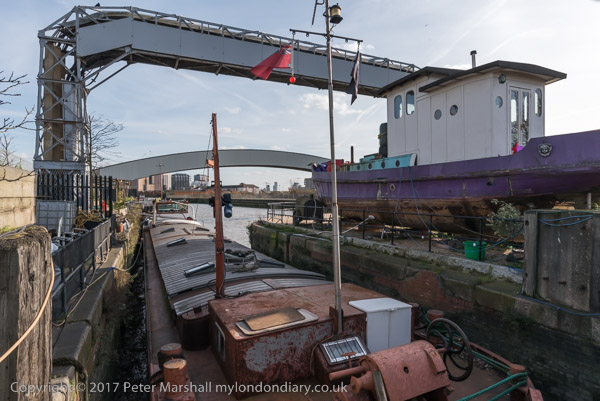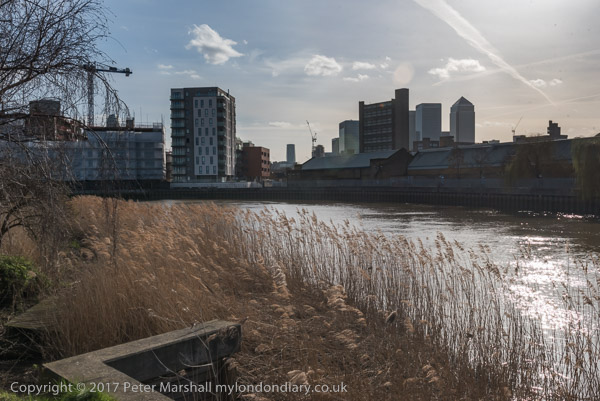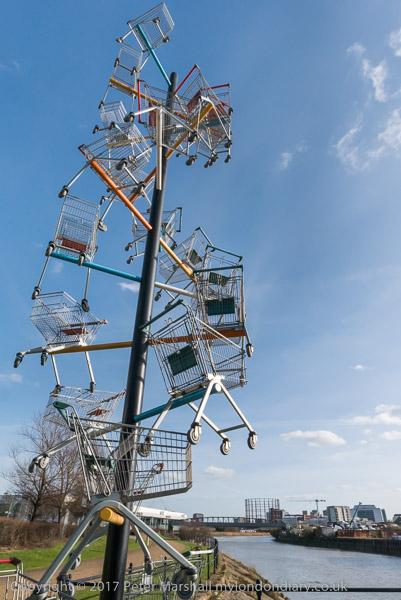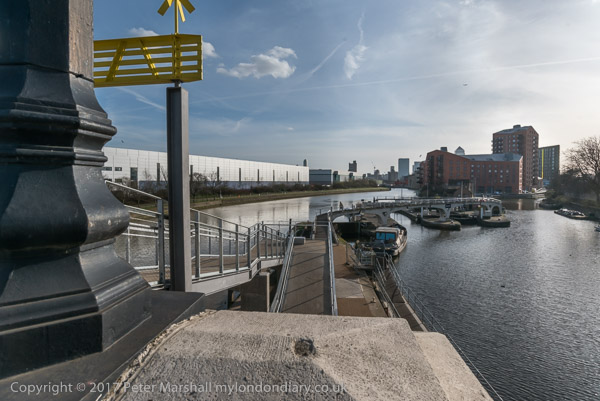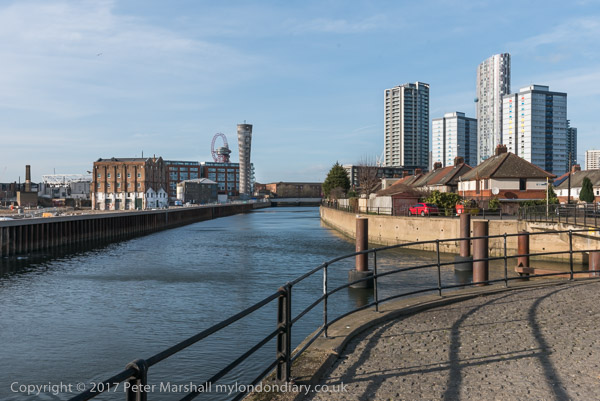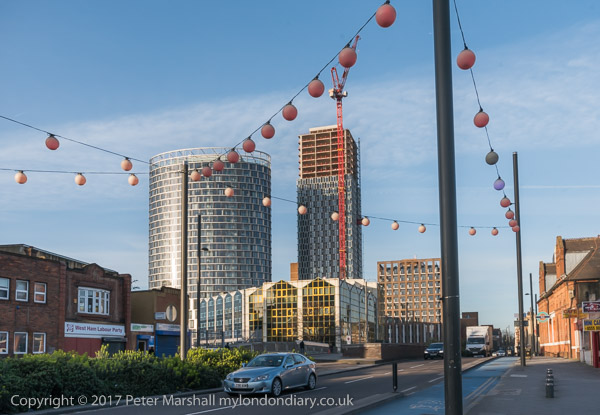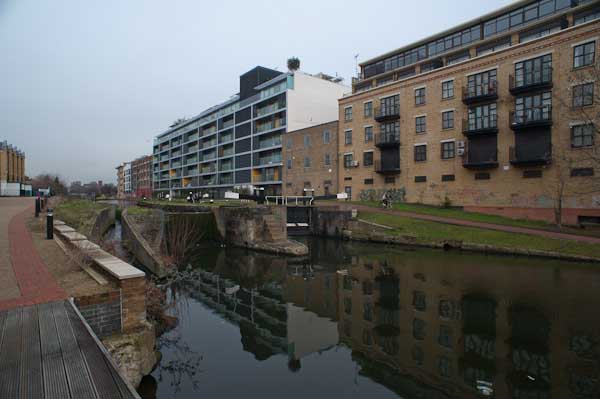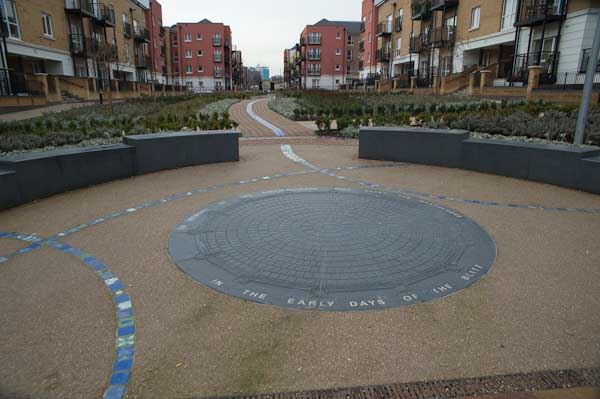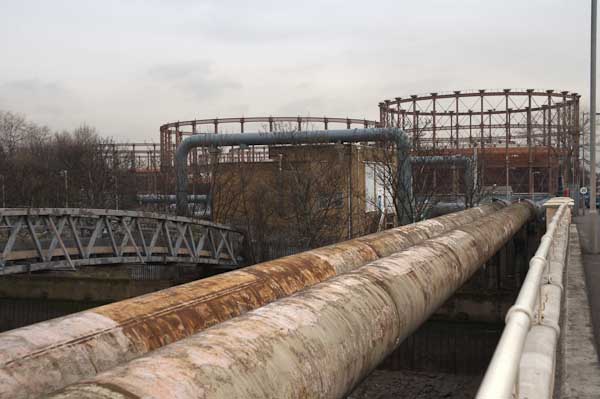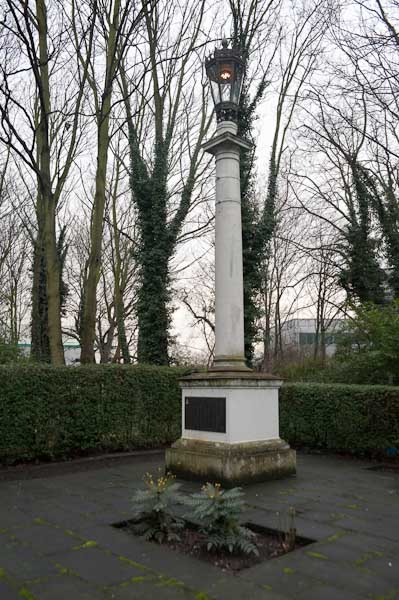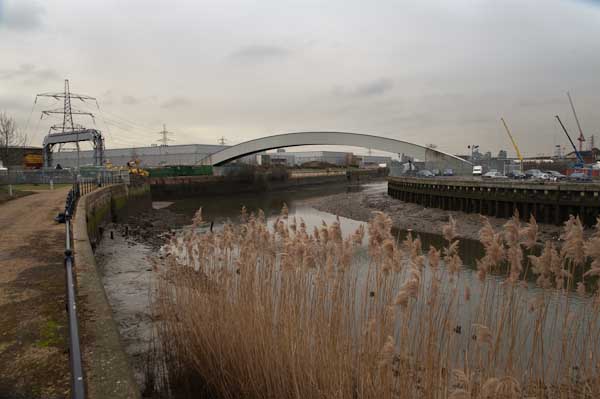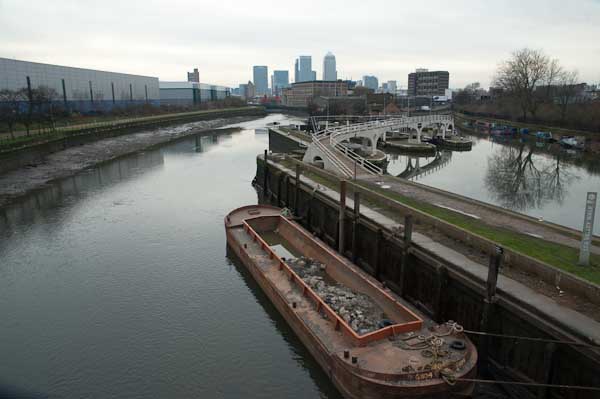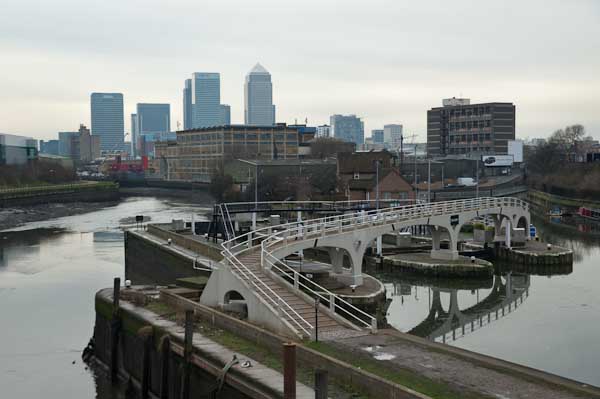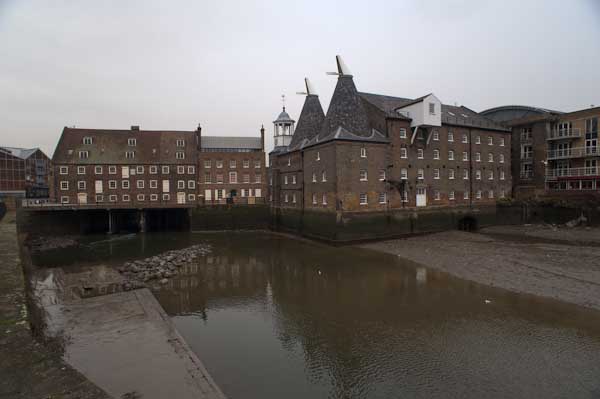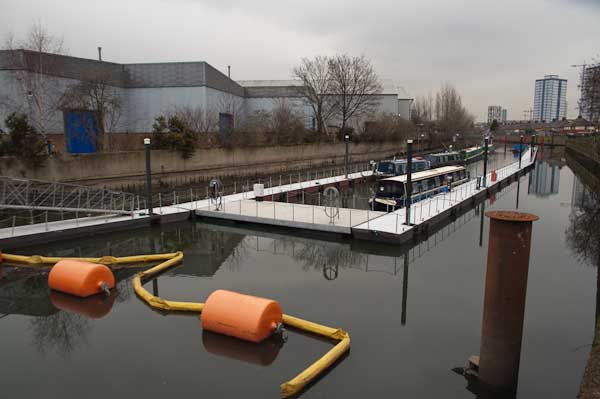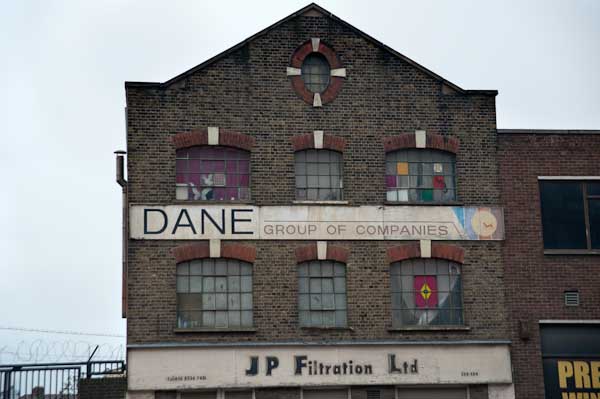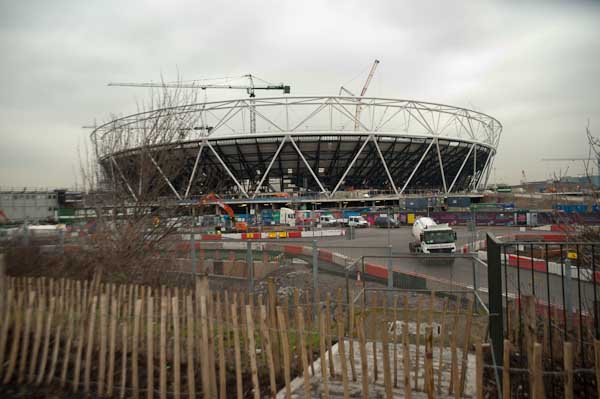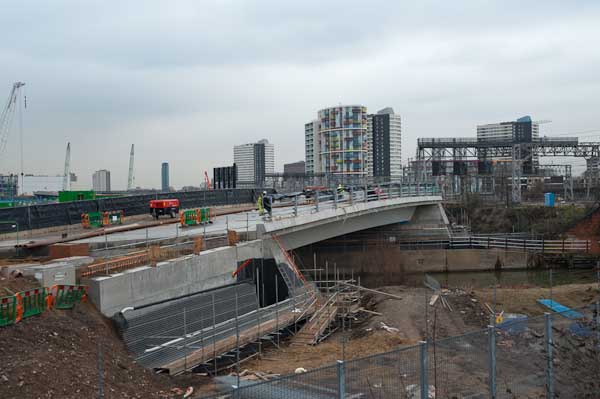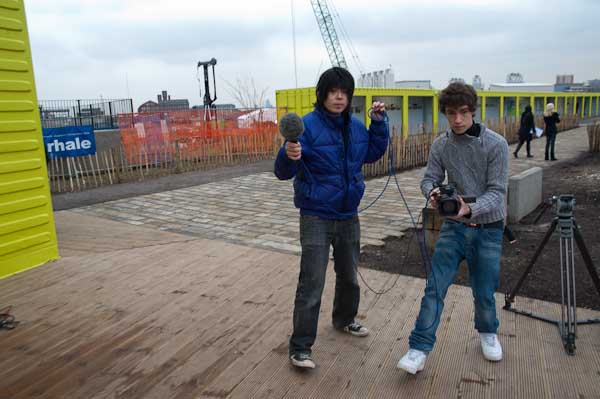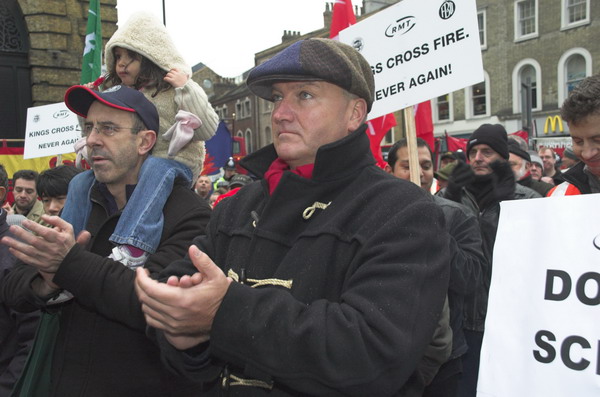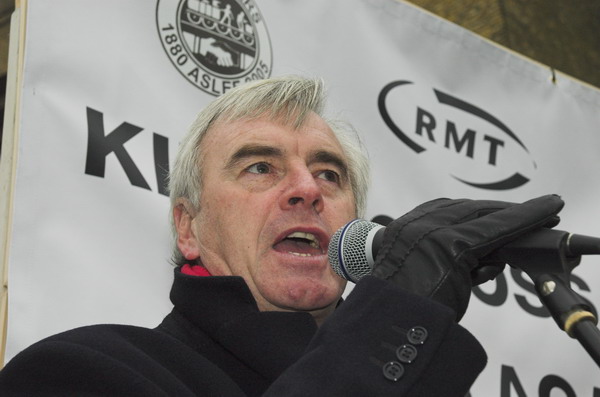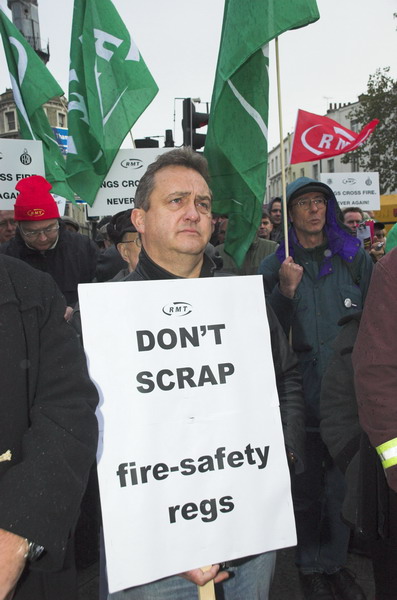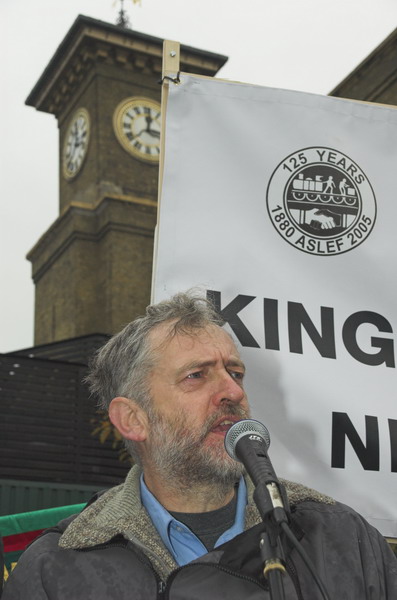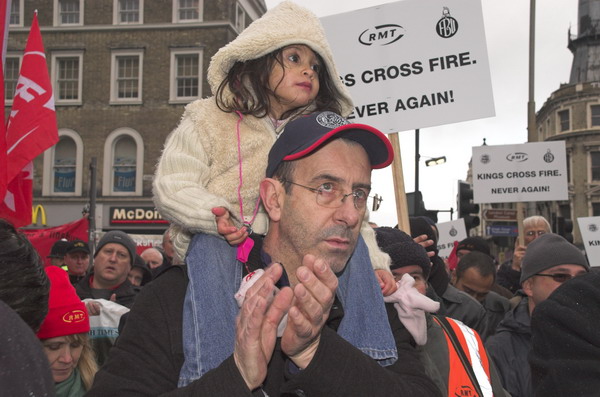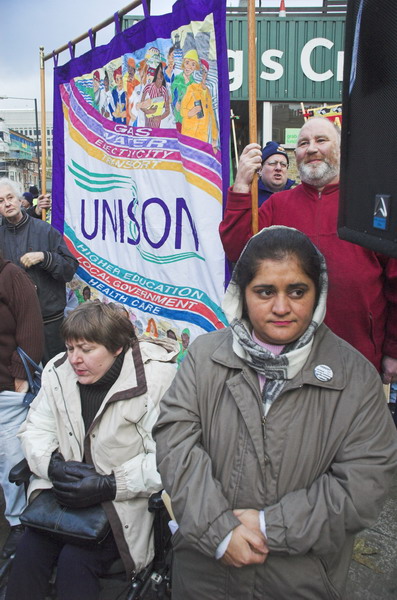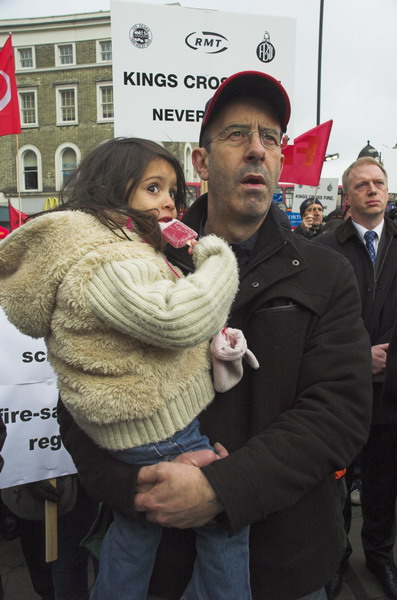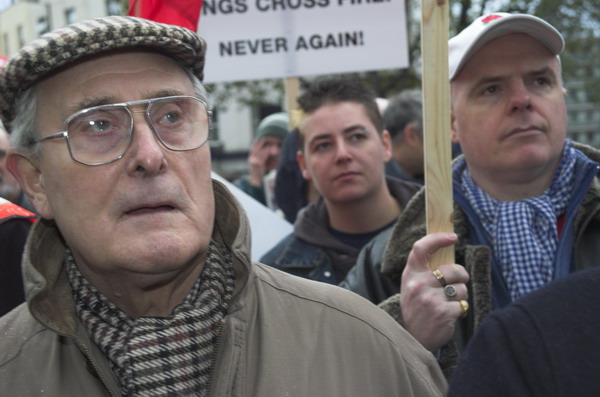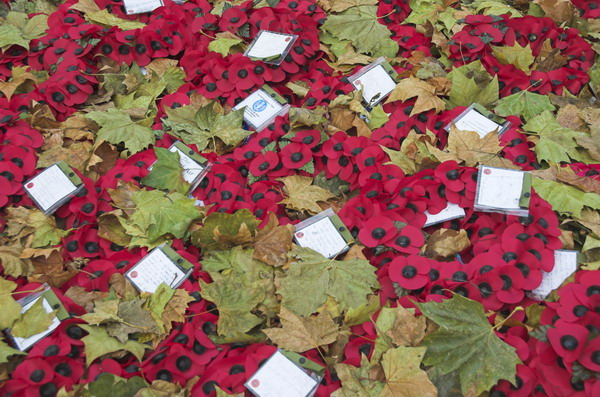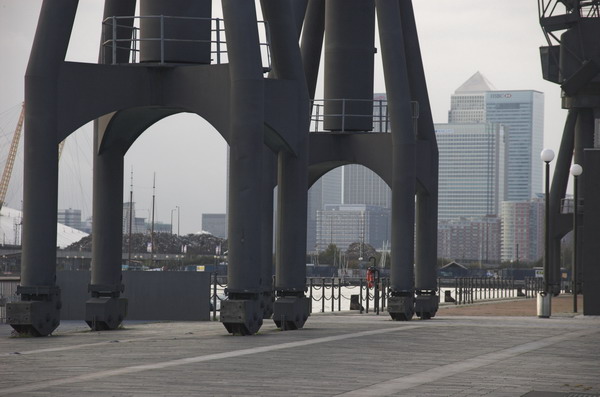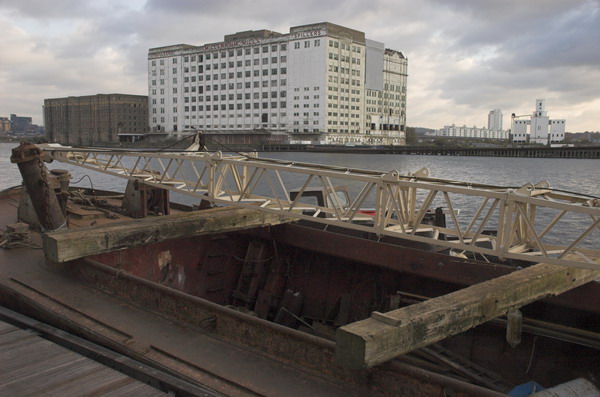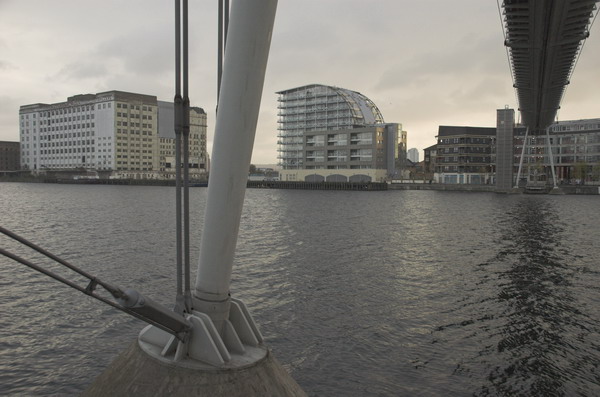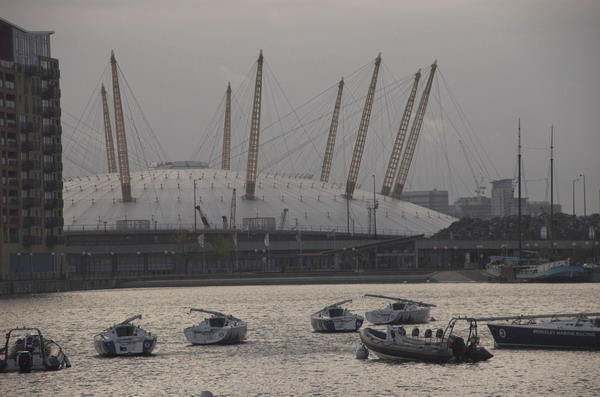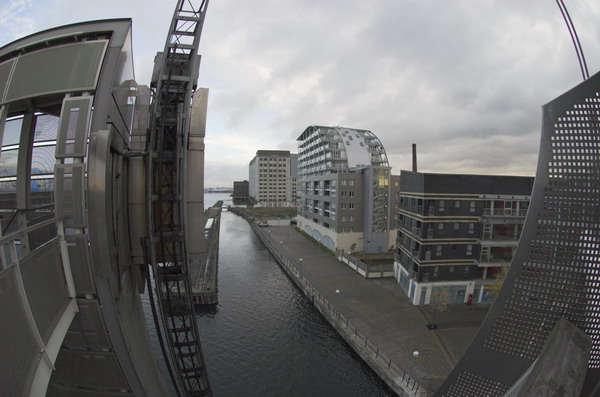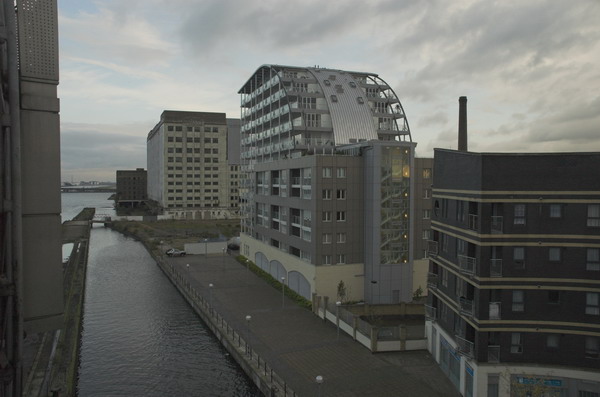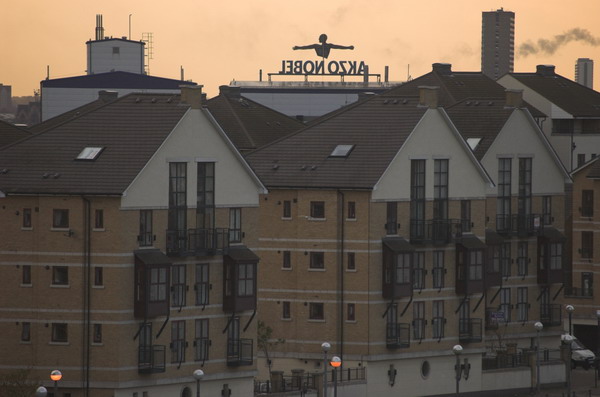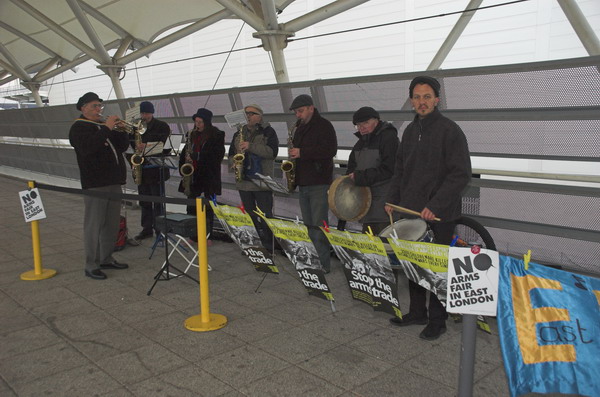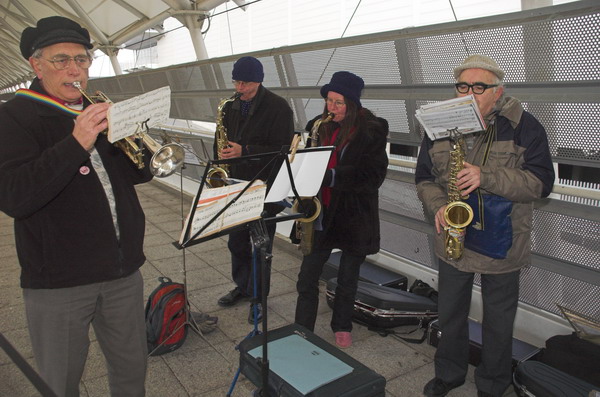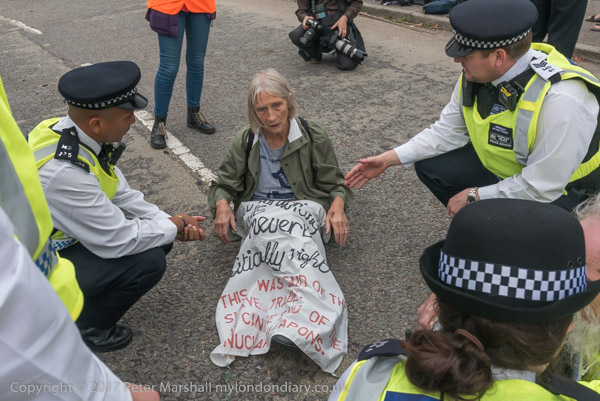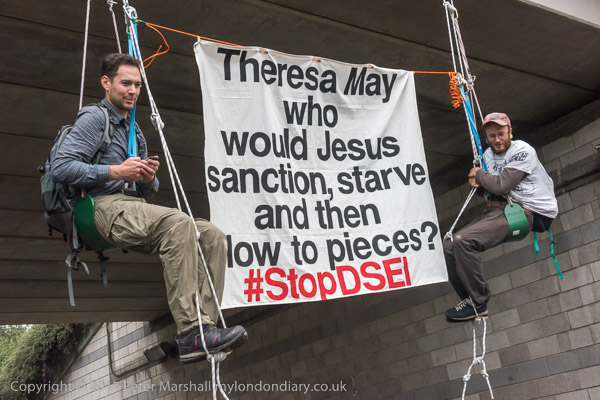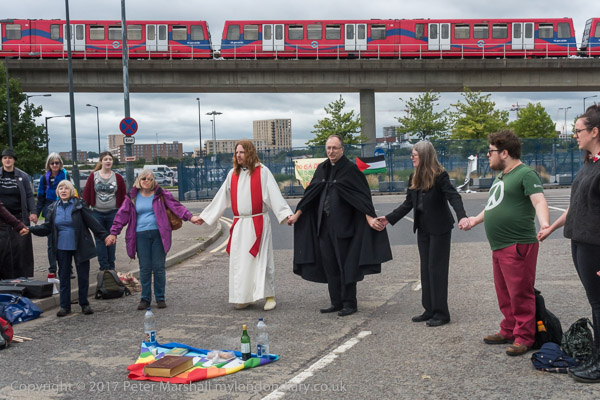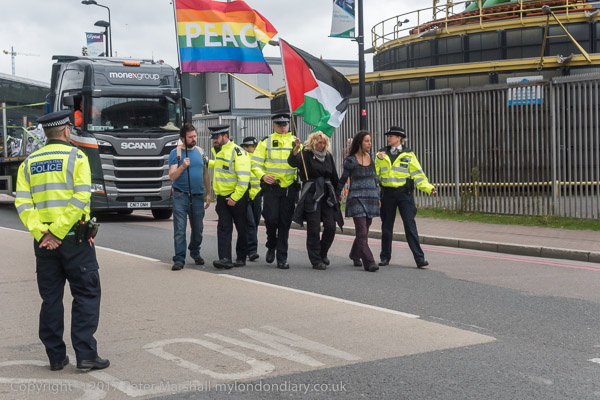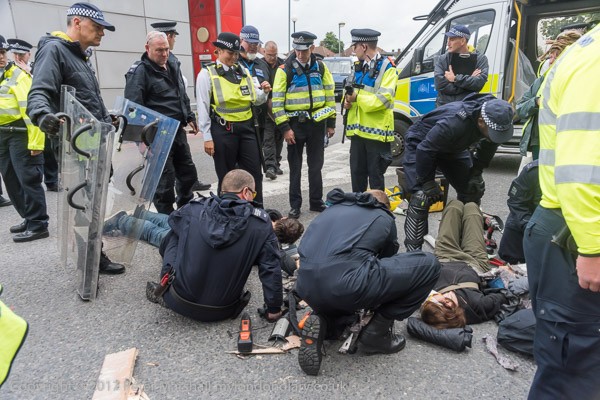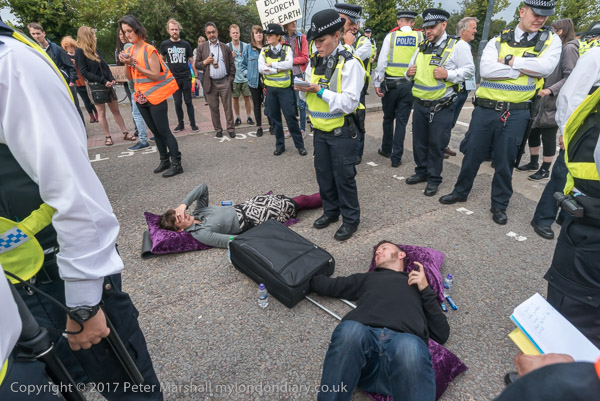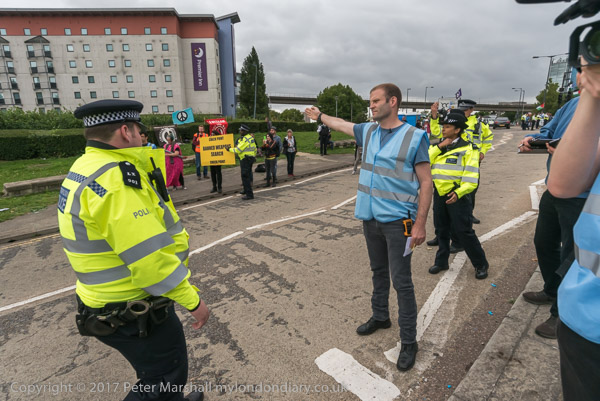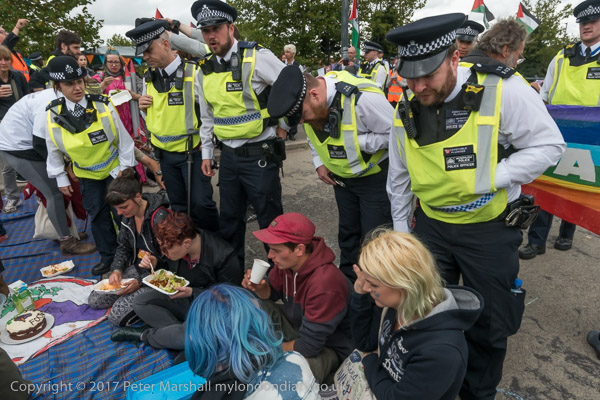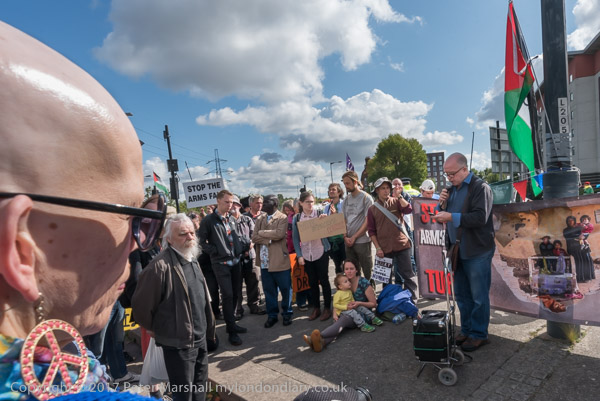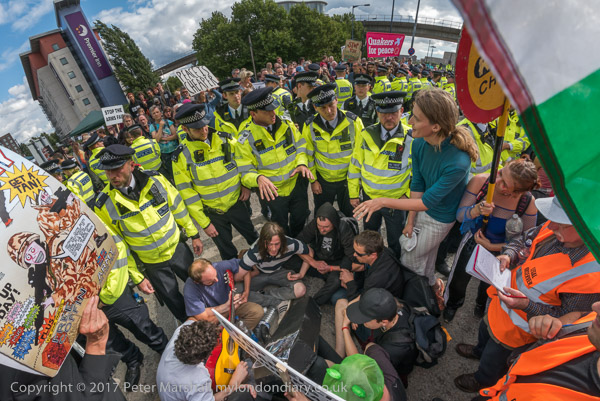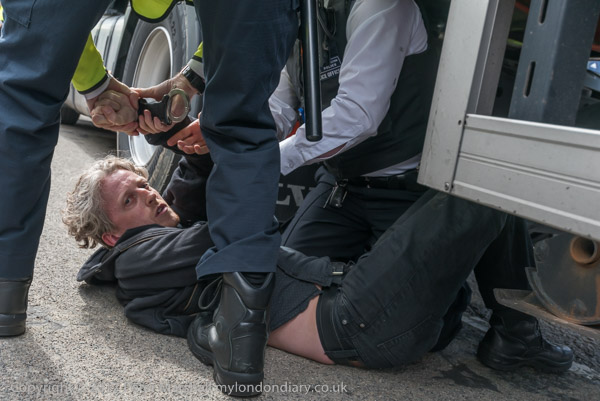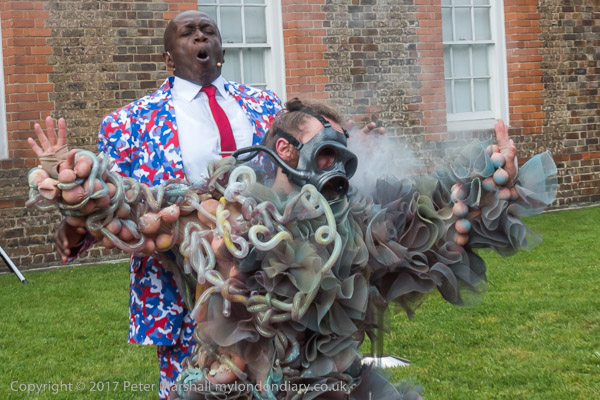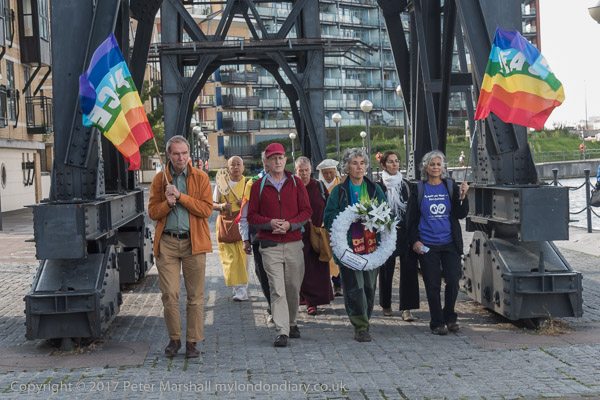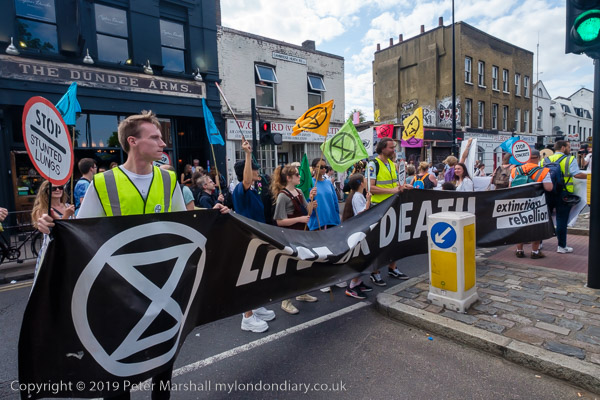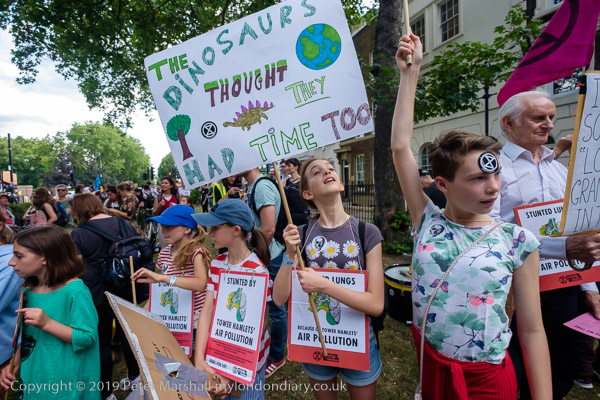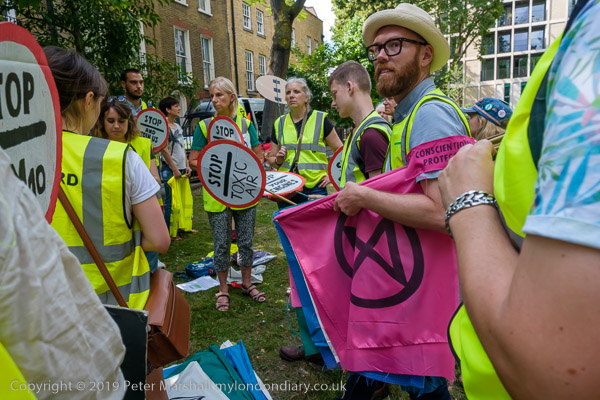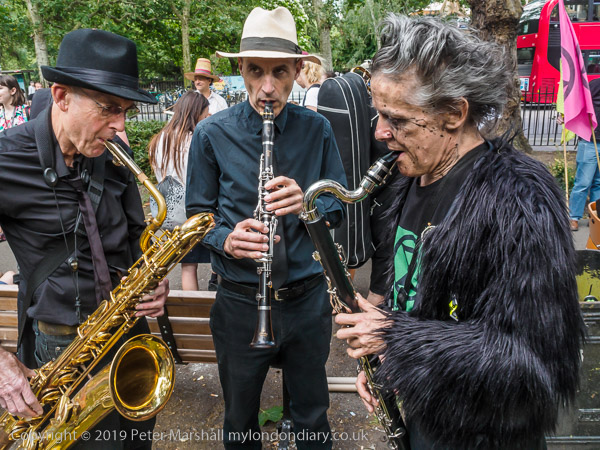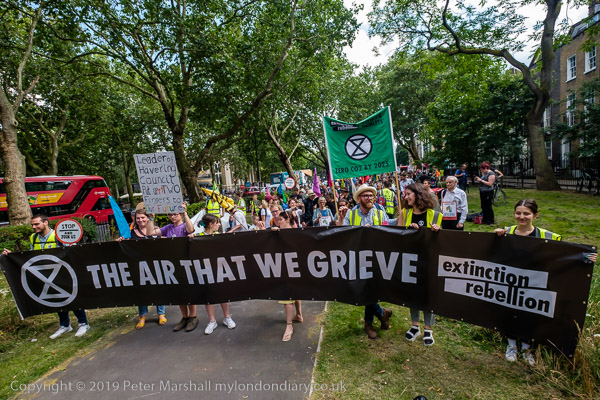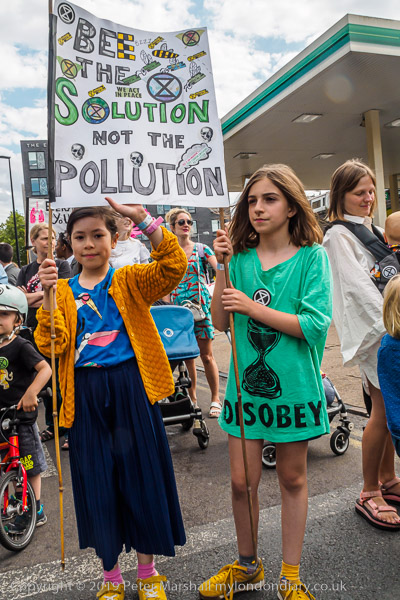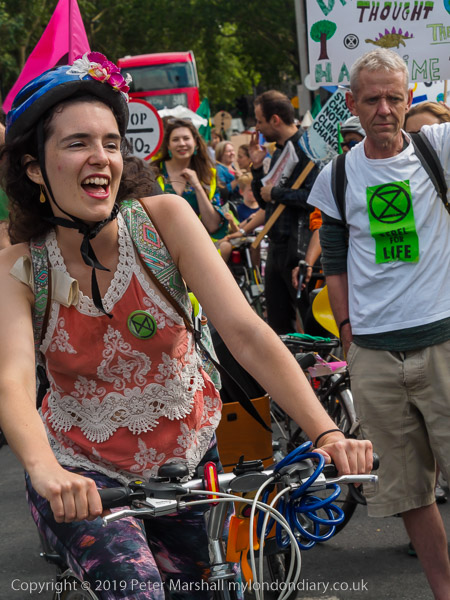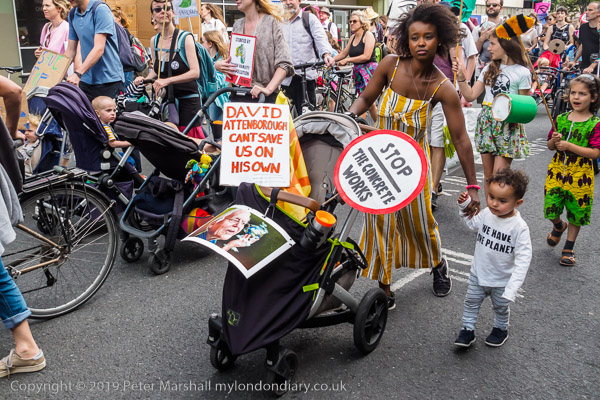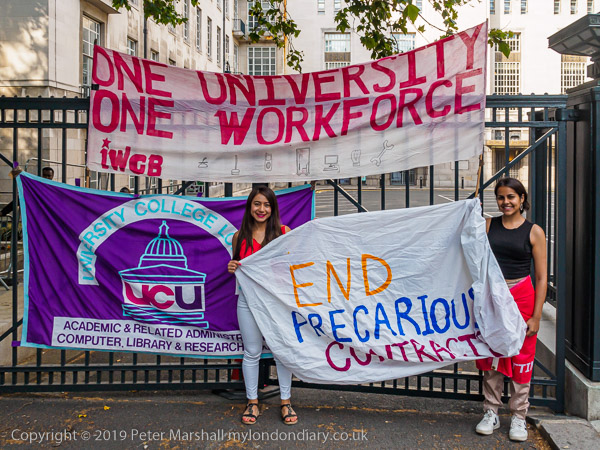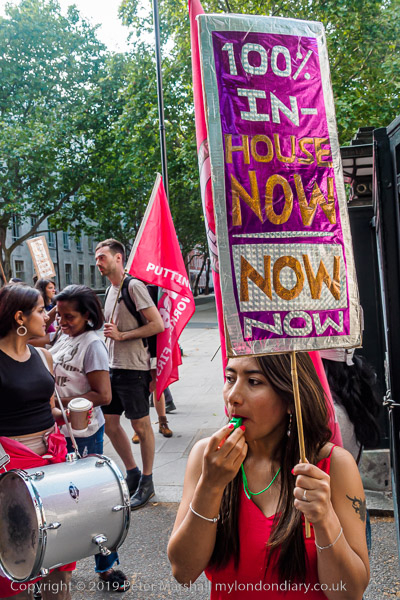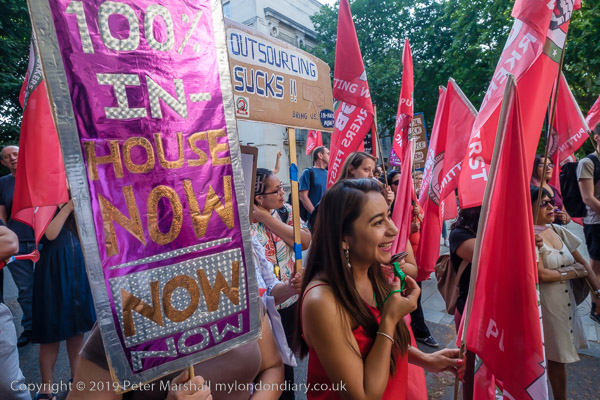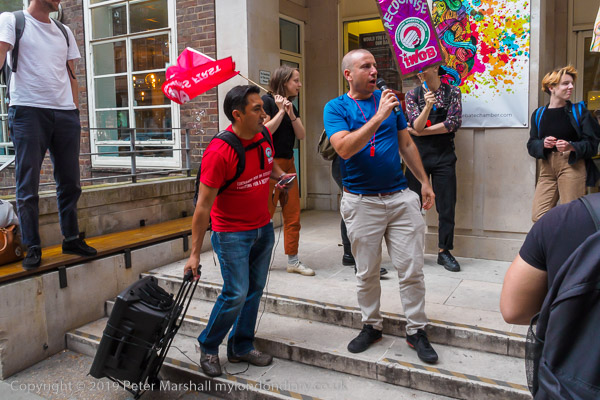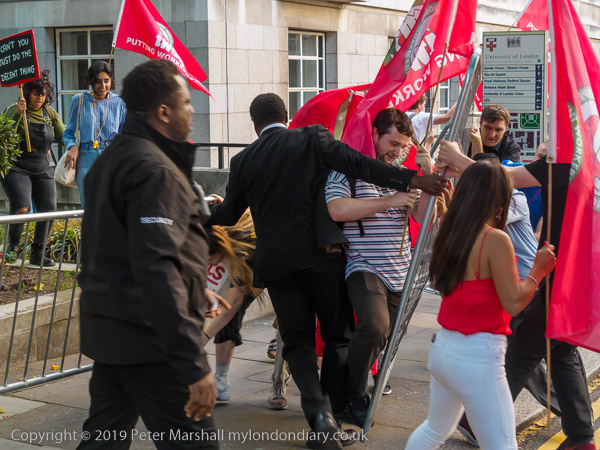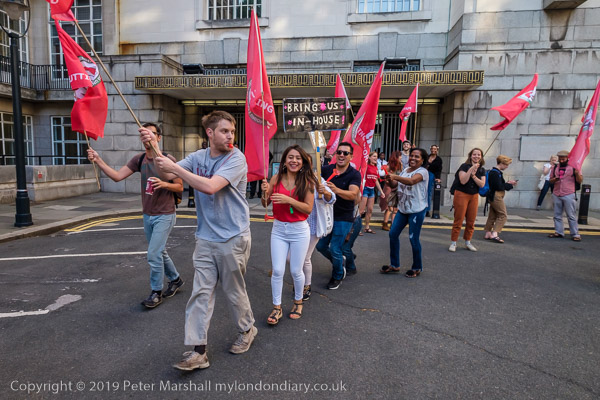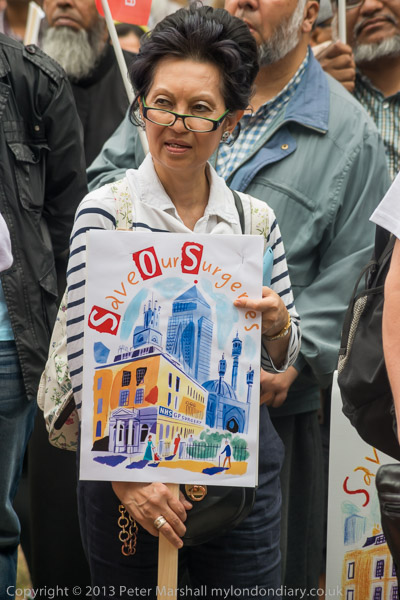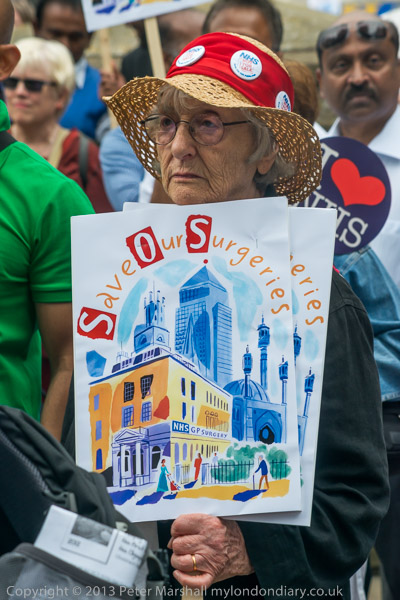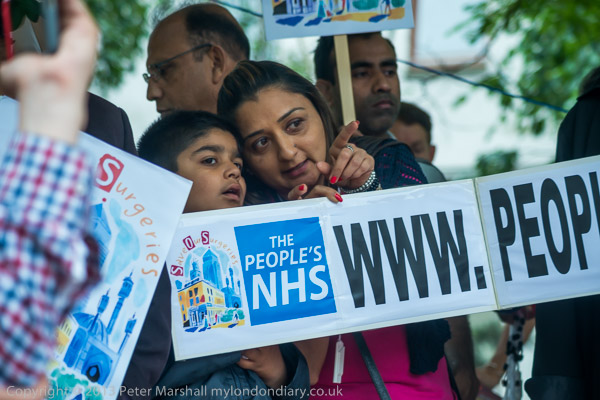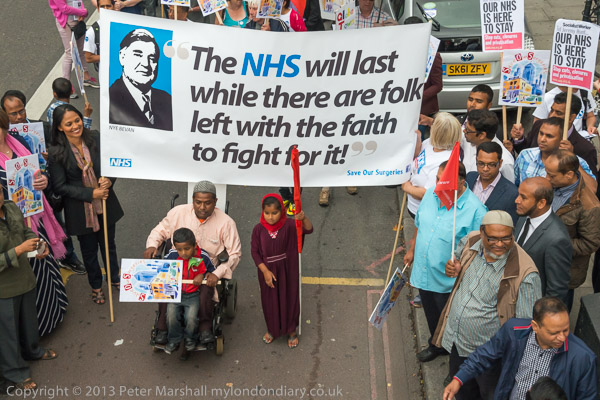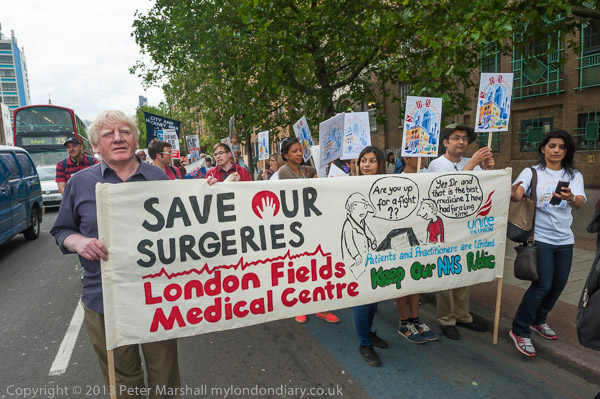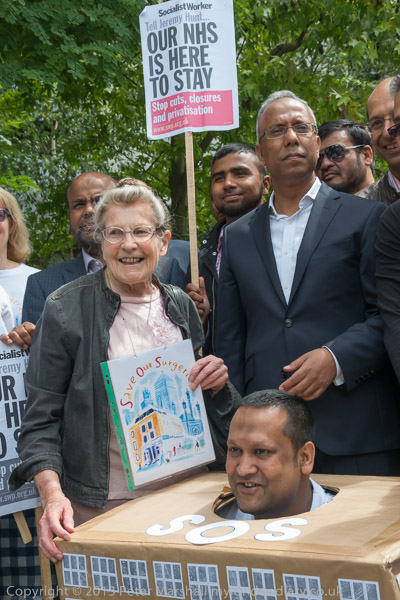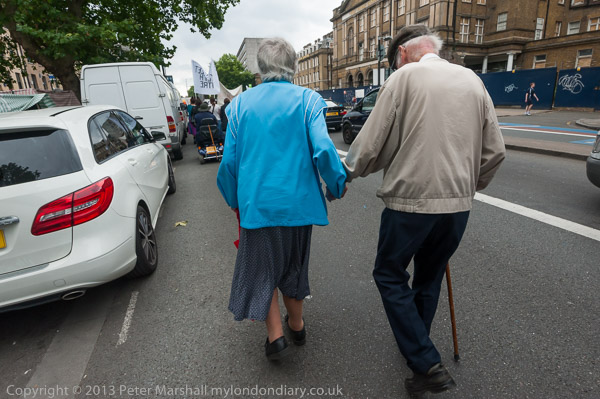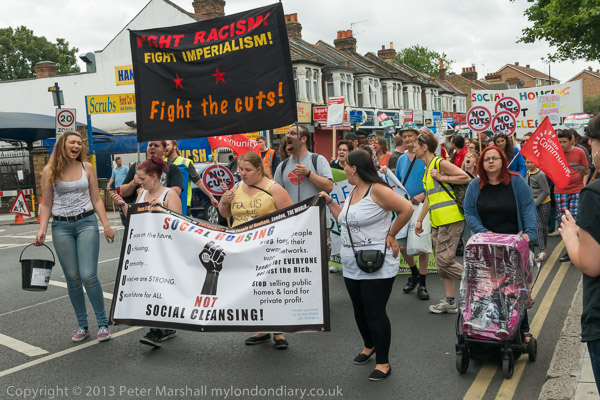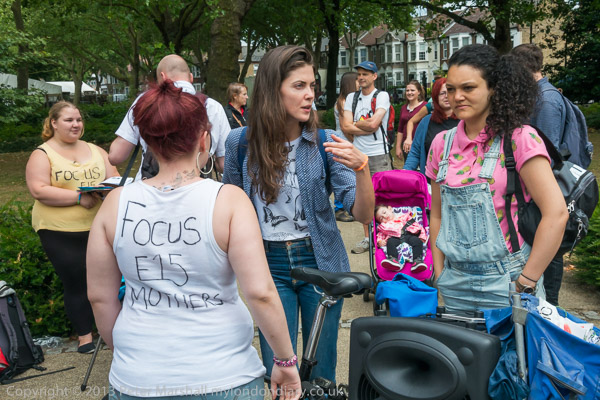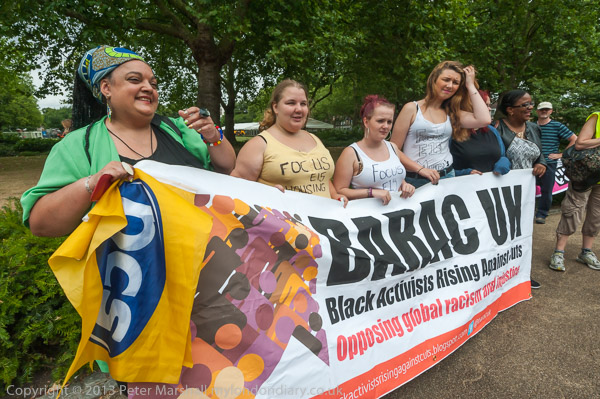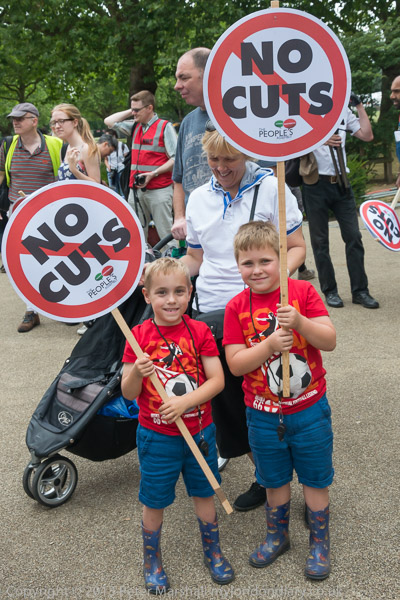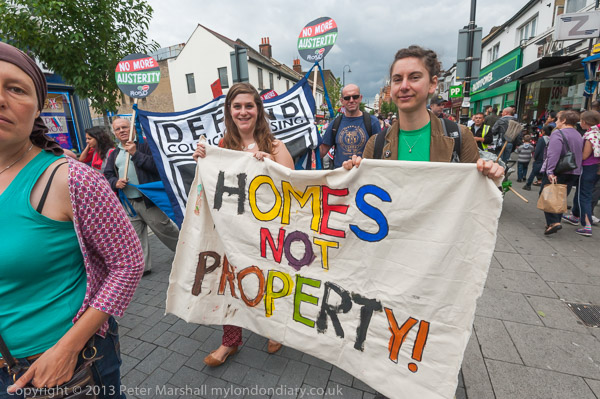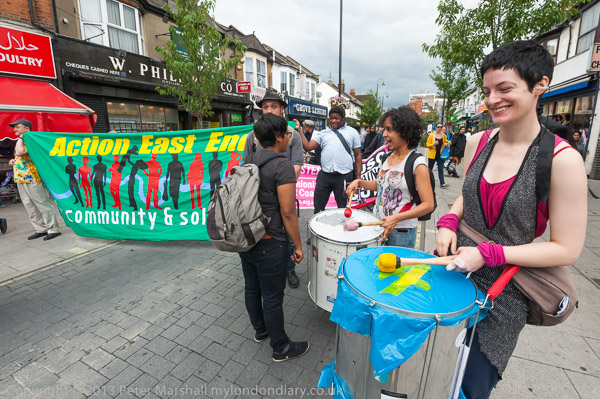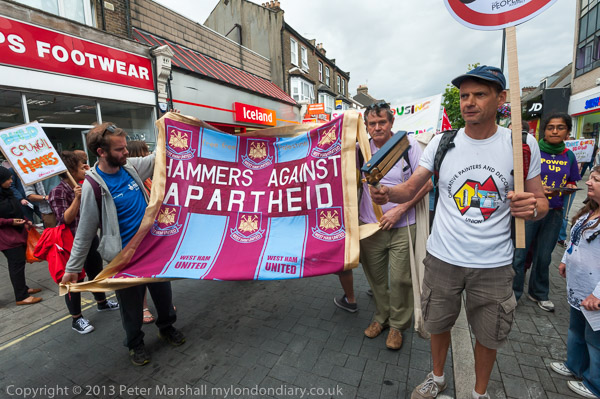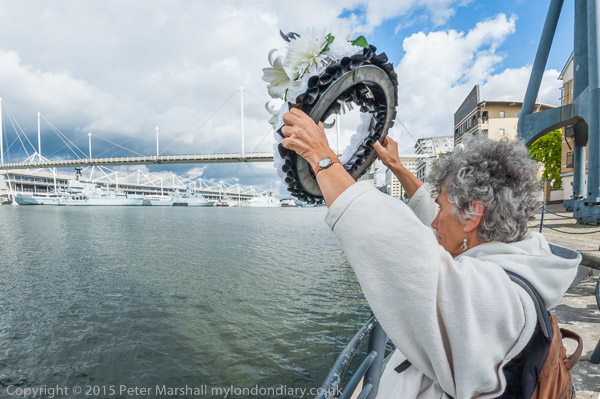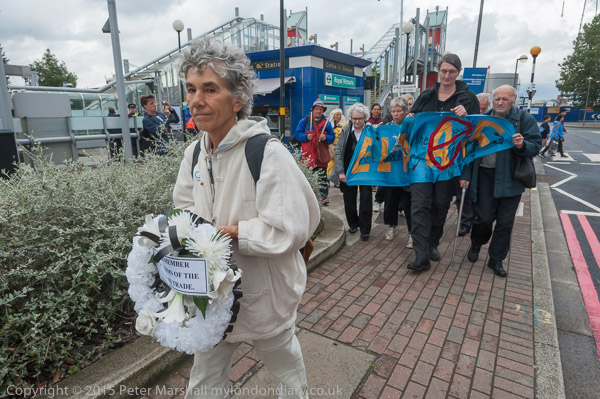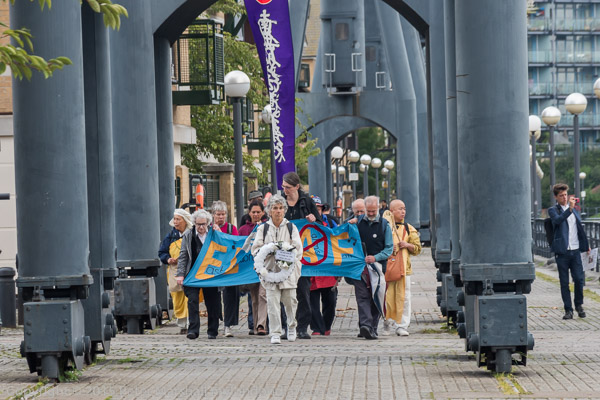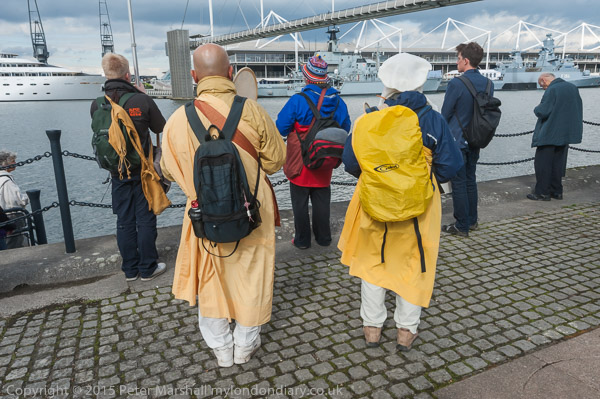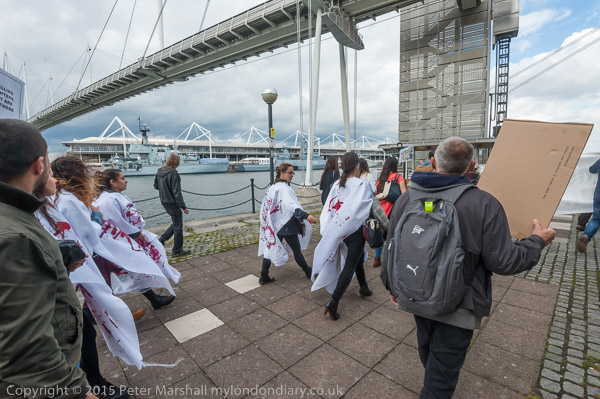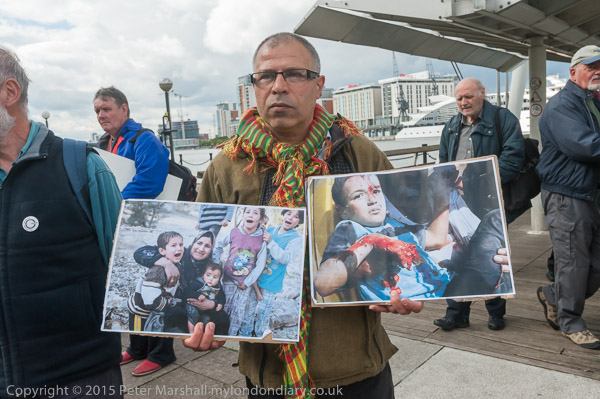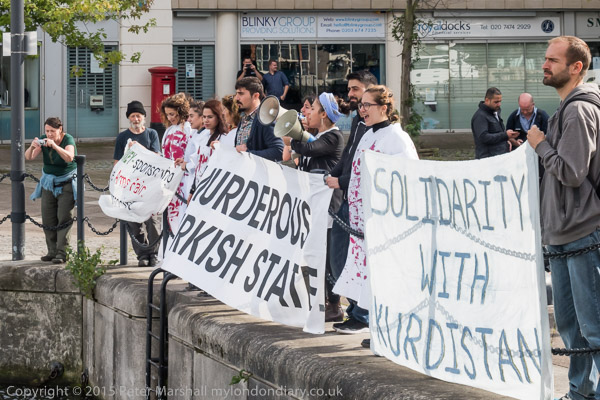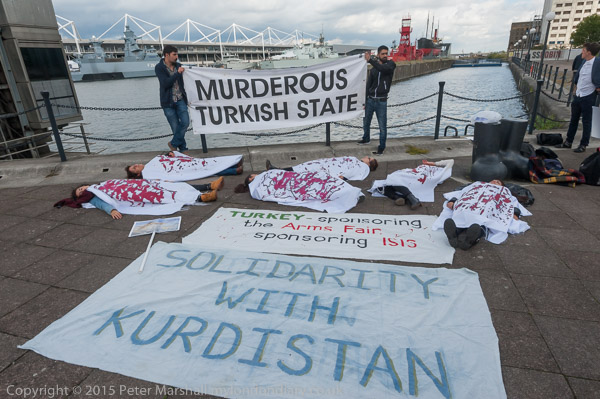March For Homes: St Leonard’s Church to City Hall
Defend Council Housing, South London People’s Assembly and Unite Housing Workers Branch had called for a march to draw attention to the crisis in housing, particularly in London where council housing lists are huge and many councils are failing to meet their legal requirements to rehouse homeless families.
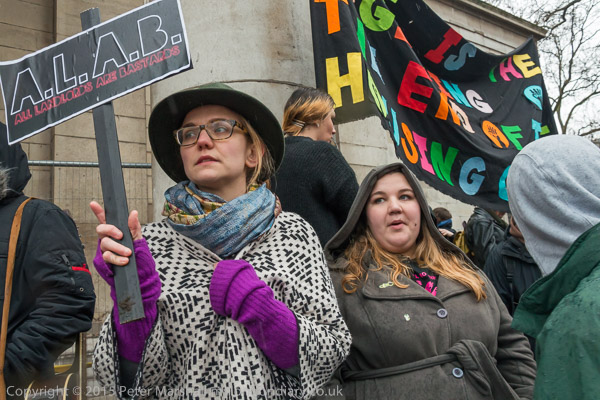
These requirements generally do not extend to single homeless people and in London alone over 6,500 people had slept rough at some time in the previous year with around one in twelve of 16-24 year-olds having been homeless at some point. Government figures comprehensively and deliberately underestimate the numbers.
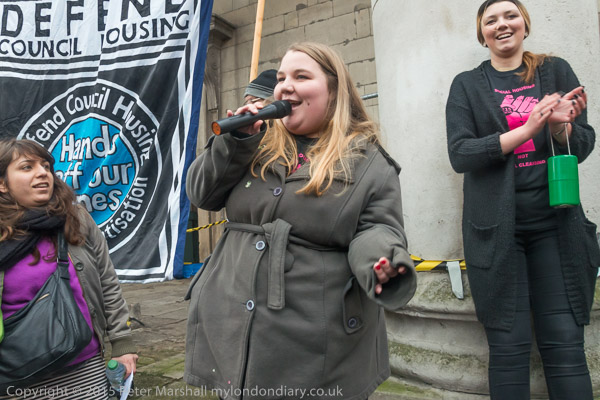
It isn’t really a housing crisis, but a crisis of affordable housing. There are more than enough empty properties to house the homeless, but those who need housing are unable to afford the high rents or house prices being asked.
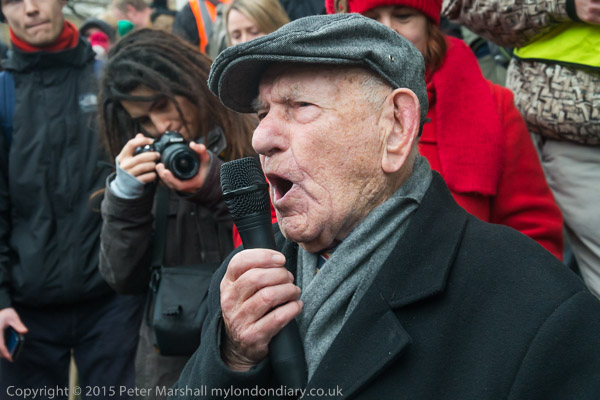
There has been a huge surge in building high-rise properties in London, with whole areas like Battersea and Nine Elms as well as elsewhere across inner and outer London being increasingly filled with them, but almost all are high-price properties, many sold overseas before the buildings are completed not as homes but as investments. Others are low specification student housing and also do nothing for the housing crisis.
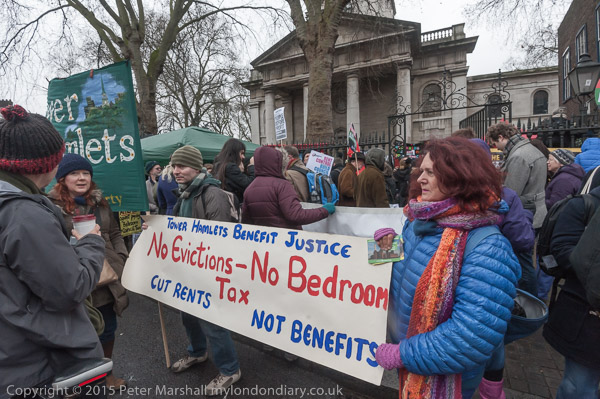
What is needed is a crash programme of housing at social rents for family units of all sizes. Developers have become adept at evading what laws there are about providing social housing in new developments, fiddling the books to claim they cannot make sufficient profits which ridiculously lets them off the hook.
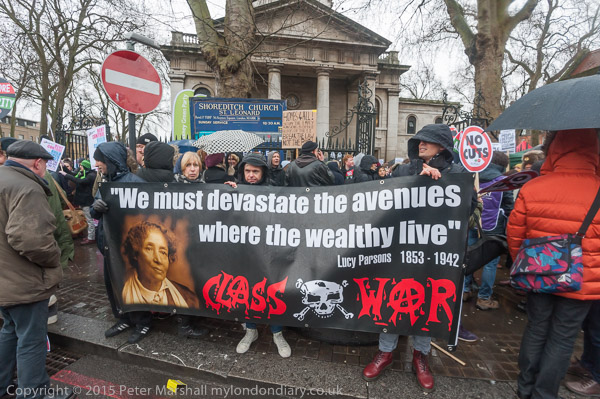
Much of the UK problems over housing go back to the Thatcher administration which both sold off council housing piecemeal under ‘right to buy’ but also stopped councils replacing what they had lost.
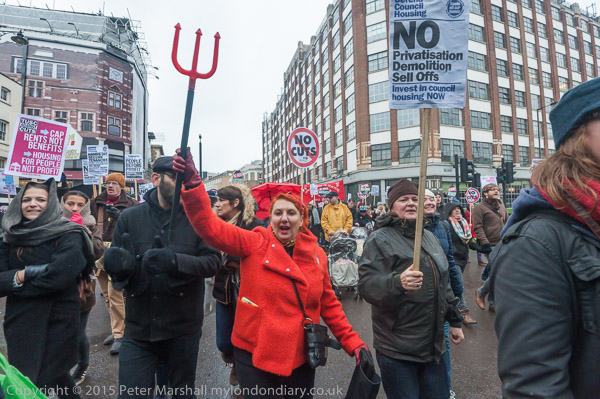
In earlier years both Tory and Labour councils had built generally high quality low cost housing though of course there were some examples of poor planning (often when councils were forced to cut costs) and shoddy work as well as unfortunate government encouragement of high-rise system building, which many of us were campaigning against in the 60’s and 70s.
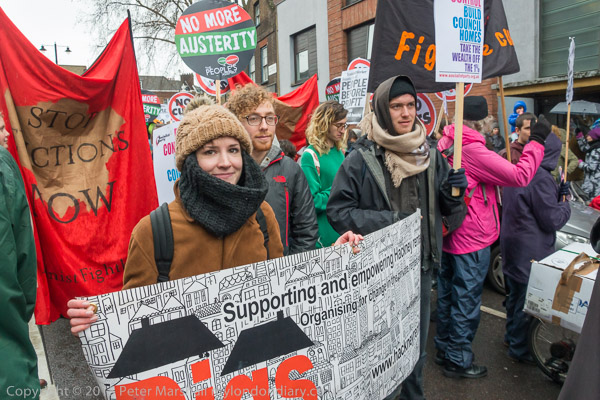
But perhaps even more importantly under Tory administrations council housing became something just for what they regarded as ‘feckless’ and the ‘dregs of society’, those unable to fend for themselves. We got this ridiculous concept of the ‘housing ladder’ and very much it is a ladder that expresses “pull up the ladder, Jack. We’re alright“.
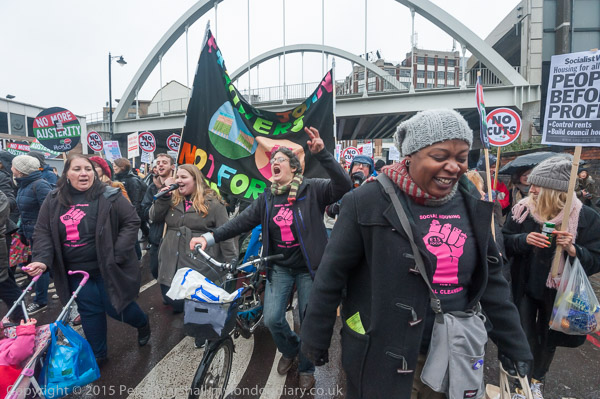
Municipal housing can provide housing for all at low cost and provided a rational approaching to providing decent housing for all, getting away from the poor conditions and high cost of private rented housing at much lower cost than owner occupation.
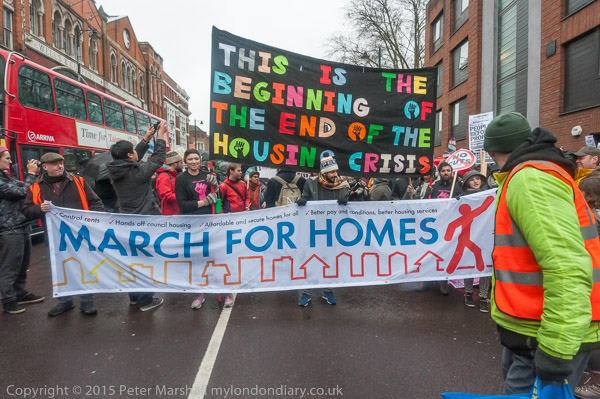
The March for Homes on Saturday 31st January was actually two marches, one from the Elephant in South London and the other from East London which I photographed at Shoreditch, calling for more social housing and an end to estate demolition and evictions. On My London Diary at March for Homes: Shoreditch Rally I published a very long list of some of the various groups which supported the march, as well as some of the speakers at the rally there. Eventually the march set off on its way towards City Hall, making its way towards Tower Bridge.
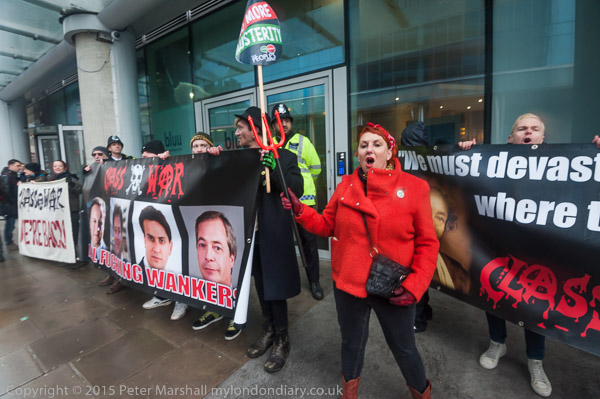
Class War left the march briefly to protest as it went past One Commercial St, where they had been holding a long series of weekly ‘Poor Doors’ protests against the separate door down a side alley for the social housing tenants in the block. They had briefly suspended the protests a few weeks early when new owner for the building had offered talks about the situation, but these had broken down.
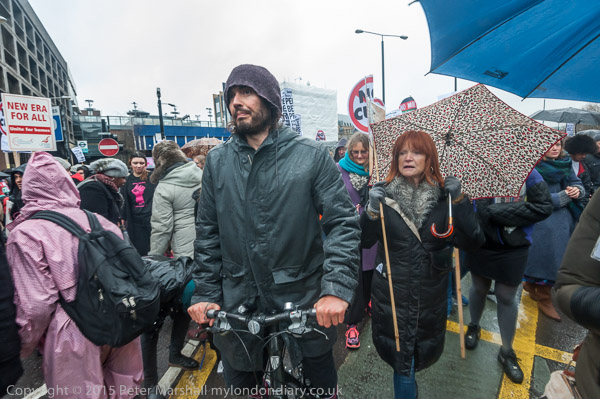
Approaching the Tower of London the protest was joined by Russell Brand riding a bicycle. He had earlier lent support to a number of housing campaigns by residents in estates threatened by evictions.
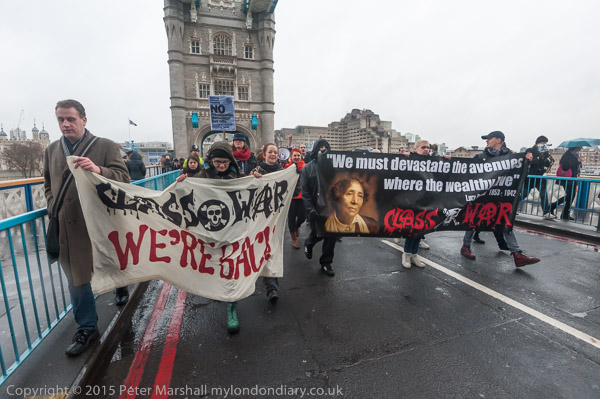
By the time the march was going across Tower Bridge Class War had rejoined it, and their banners were in the lead.
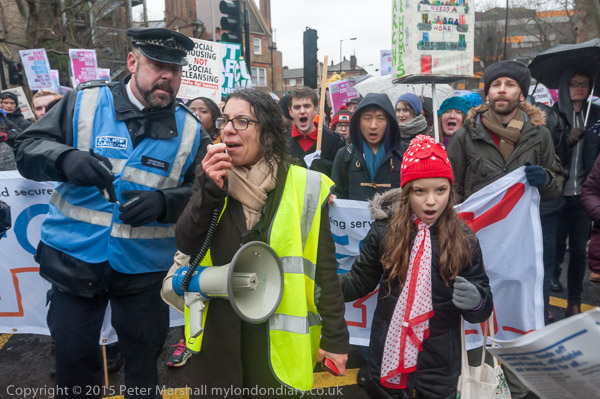
The march was met on the other side of Tower Bridge by the South London March for Homes, a similar sized protest called by Defend Council Housing and South London People’s Assembly which had started at the Elephant, marching past the former Heygate Estate. The two marches merged to walk on to Potters Fields for the rally outside City Hall.
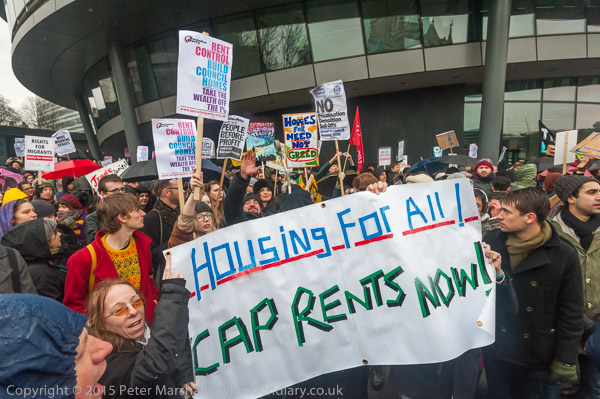
We had been marching most of the day in light rain, and this got rather heavier for the rally outside City Hall. Together with a large crowd being jammed into a fairly small space it made photography of the rally difficult.
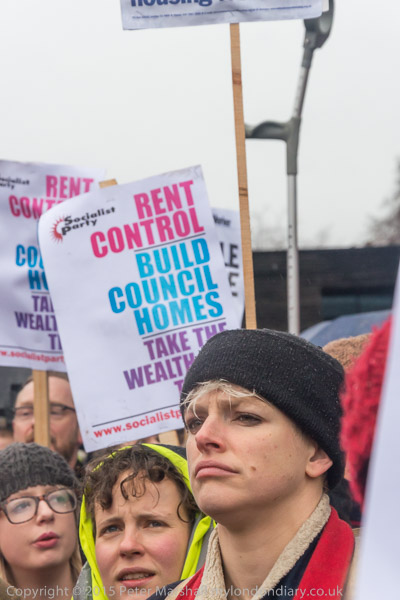
While the rally was still continuing some of the protesters began to leave Potters Fields to protest more actively, led by Class War and other anarchit groups and accompanied by the samba band Rhythms of Revolution.
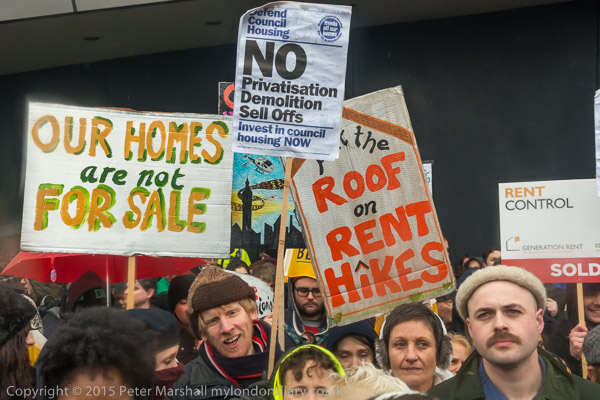
They moved onto Tooley Street and blocked it for a few minutes, then decided to move off, with police reinforcements who had arrived than taking over their role of blocking the road as the protesters moved off eastwards.
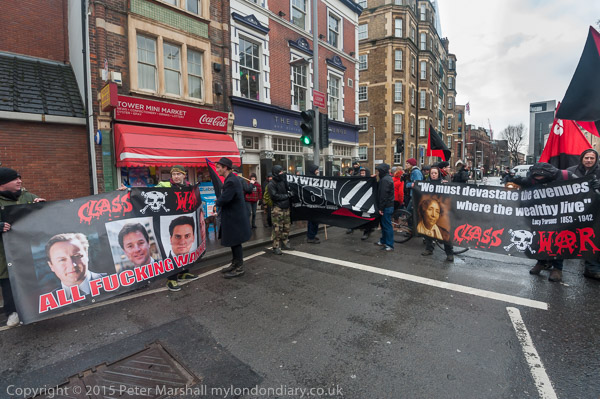
I watched them go, and later heard that after a brief protest at One Tower Bridge, a new development mainly for the over-rich next to Tower Bridge they had taken a long walk to join occupiers on Southwark’s Aylesbury Estate.
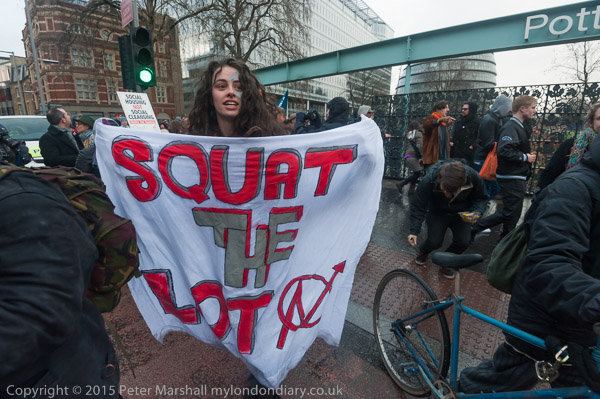
But I was cold, wet and tired, and my cameras too, having been exposed to the weather for several hours were becoming temperamental and I waited for a bus to start my journey home.
Much more on My London Diary:
March for Homes: After the Rally
March for Homes: City Hall Rally
March for Homes: Poor Doors
March for Homes: Shoreditch to City Hall
March for Homes: Shoreditch Rally
Flickr – Facebook – My London Diary – Hull Photos – Lea Valley – Paris
London’s Industrial Heritage – London Photos
All photographs on this page are copyright © Peter Marshall.
Contact me to buy prints or licence to reproduce.
